A newly published study in Science Advances provides the strongest evidence to date that ancient human tracks found at White Sands National Park, New Mexico, are approximately 23,000 years old. If confirmed, the find could dramatically change the history of human migration to North America, placing humans on the continent during the Last Glacial Maximum, thousands of years earlier than previously believed.
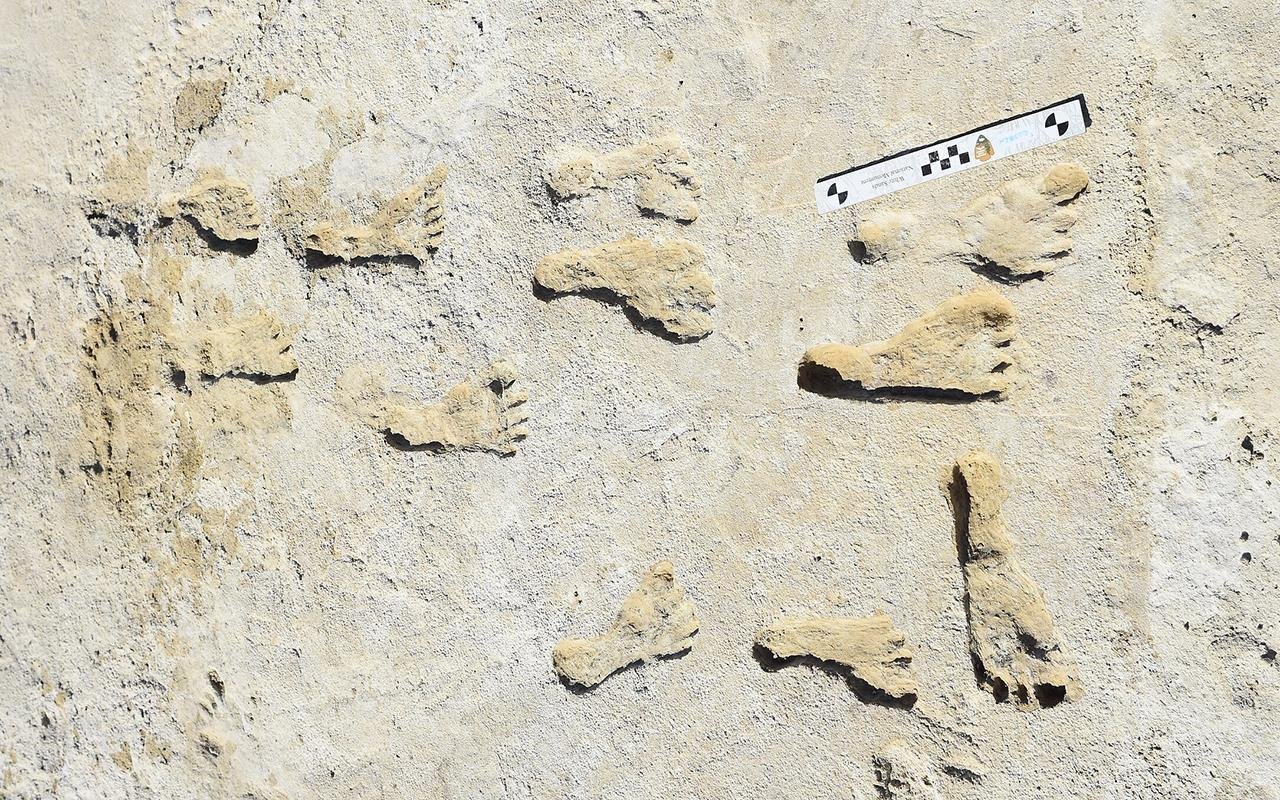
The footprints, first reported in 2021, were excavated in 2019 by a team from Bournemouth University in collaboration with the U.S. National Park Service. Early radiocarbon dating of seeds and pollen found in overlying and underlying sediment layers indicated an age between 21,000 and 23,000 years ago. However, these findings were challenged. Some critics argued that using aquatic plants like Ruppia cirrhosa, which absorb ancient carbon from water, could result in artificially old dates.
To address these concerns, the new team, led by University of Arizona archaeologist and geologist Vance Holliday, returned to the site in 2022 and 2023. Instead of dating the plant material, they radiocarbon dated ancient lakebed mud. They sent the samples to two independent laboratories, both of which reported the same range of ages: 20,700 to 22,400 years ago.
Together, scientists now have 55 radiocarbon dates on three types of materials—seeds, pollen, and mud—all pointing to the same time period. “It’s a remarkably consistent record,” Holliday said. “You get to the point where it’s really hard to explain all this away.”
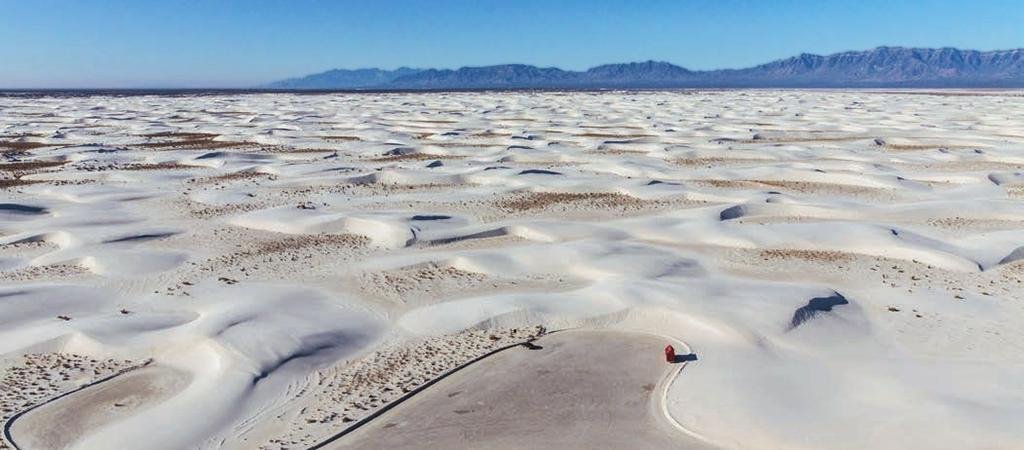
The footprints were found in streambeds which once flowed into an ancient lake called Lake Otero, in a region now dominated by gypsum sand dunes. Holliday first visited White Sands in 2012 and contributed geological data that was utilized to date the tracks and made him a co-author of the original and current study.
Doctoral student Jason Windingstad, who worked with Holliday on the most recent fieldwork, described seeing the prints as a profound moment. “It basically contradicts everything that we’ve been taught about the peopling of North America,” he said.
The discovery challenges the long-standing Clovis-first theory, which held that humans arrived on the continent around 13,000 years ago. While some scientists still question the evidence—particularly the lack of tools or settlement—Holliday argues that such artifacts wouldn’t necessarily be present. “These people lived by their artifacts, and they were far away from where they could get replacement material,” he said. “They’re not just randomly dropping artifacts.”
With multiple dating methods and separate lab confirmations now supporting the timeline, the White Sands footprints offer compelling evidence that humans came to the Americas far earlier than had been believed.



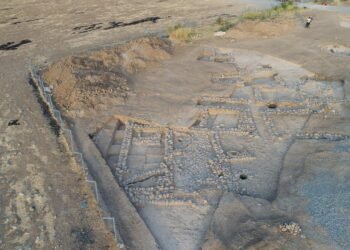
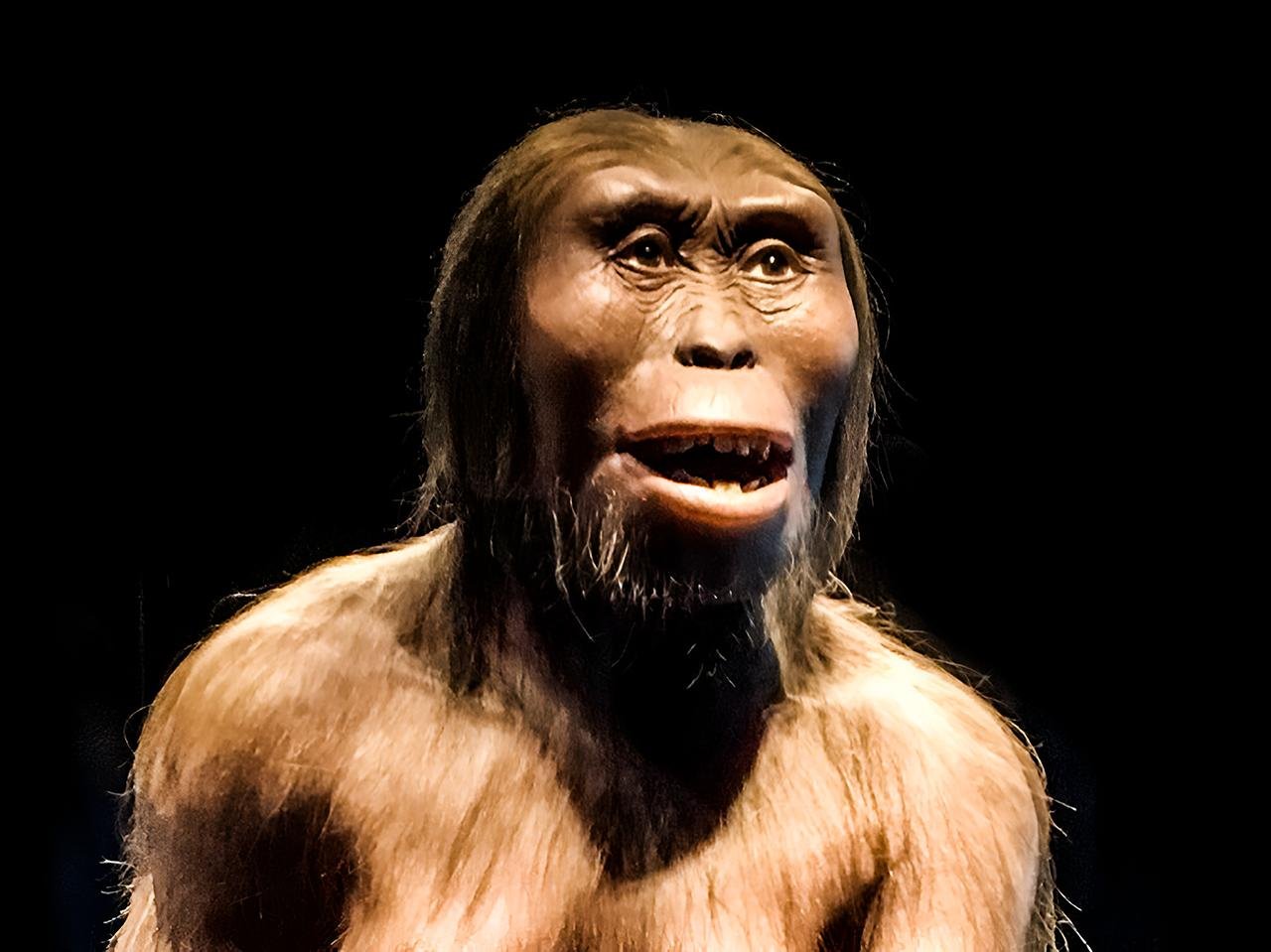
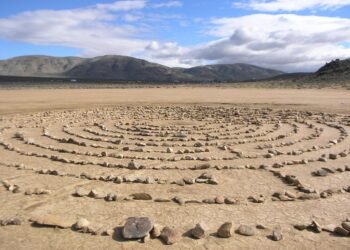
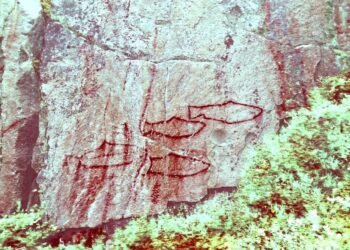
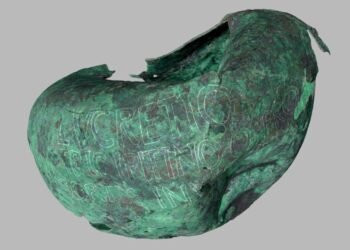
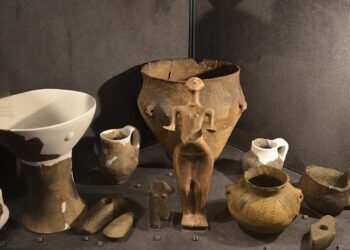














Disclaimer: This website is a science-focused magazine that welcomes both academic and non-academic audiences. Comments are written by users and may include personal opinions or unverified claims. They do not necessarily reflect the views of our editorial team or rely on scientific evidence.
Comment Policy: We kindly ask all commenters to engage respectfully. Comments that contain offensive, insulting, degrading, discriminatory, or racist content will be automatically removed.
I am still not convinced because you have a whole ecosystem in and around a boggy lake bed releasing and using more ancient carbon that is not necessarily a sampling from a typical homogenized mix of the atmosphere. As far as the pollen and seeds, they could have been trapped in the sediment because lake Otero is an evaporite deposit lake, entombing material that flows in, but not out, of the layered gypsum salt deposit. A stream flowing through a certain layer floods and makes the thin layer of what was walked in. The same material fills it in the prints during another flood. That whole layer needs to be studied to see all the types of pollen in it, to see how much Dryas pollen is there, how much pollen that doesn’t match older sediment pollen. If there is no younger pollen mixed in, that would better support the old dates. There just needs to be better dating besides studies that set out to confirm a theory.
You cannot confirm the footsteps are 23000 years old, you are just guessing.
The footsteps couldn’t be left after the mud stopped being mud. So they’re 23000 year old or older.
Why cannot educated and uneducated people accept the fact that Native Americans was living here first ? It’s almost like if they just arrived here then what was done to them is ok . I just don’t understand why people cannot accept that we have been here for a long time
The first “Native Americans” by definition would have left the first footprints, wouldn’t they? The question being considered is how and when did they first come to exist in North America.
Ever heard of radiocarbondating, muchhh? Huhuh
We visited White Sands. It was really cool and we used a snow sled to slide down the dunes. It’s great to know we were so close to ancient history.
The footprints were found not just on the surface, but also in trenches, dug by archaeologists, to a depth of 3′ or better. They were carbon dated by the seeds that were embedded in the footprints. The documentary Ice Age Americans has a real good segment on those footprints, how they were found and the work that went into dating them.